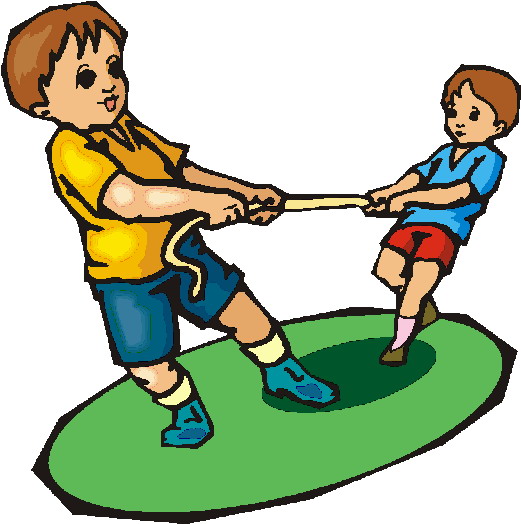Research Question: How does the relationship development literature apply to in-law relationships?
I have no contact with my childhood friends, my life took me away from my beginnings. Therefore, friends had to be found wherever I landed. Sometimes there was loneliness. Sometimes there was a longing for solitude. Is there a process for making friends? Do all friendships develop in the same way? What makes a person decide to invest in a friendship or to walk away?
All relationships start with the initial introduction, at which time we decide whether to pursue a more involved status. When I consider pursuing a relationship, I am looking for someone with common interests and compatible personality. According to research conducted by Robert Hays, those are typical qualities others look for as well. However, friendships are multi-faceted and there are many layers and factors involved in friendship development; such as geographic location, time constraints, companionship and others. We are also heavily influenced by our age, sex and nationality as we find and keep friendships. The society we live in has expectations of how we will act according to those categories.
We often weigh the benefits and costs of the relationship. What will I get and what will I have to give? According to "A Longitudinal Study of Friendship Development" this often happens within the first six weeks of a relationship. Men will spend increased time together. Women will increase their communication and verbal interplay. After the initial flurry (those first six weeks) we have often decided if the benefits outweigh the cost. If so, we continue the friendship. If not, the relationship moves to a casual acquaintance.
Some of those early benefits include affection which women rate most highly, while men rate companionship highly. But, as the relationship matures for both men and women, both of these traits are considered most desirable. Additionally, everyone is looking for a confidant and emotional support in their friendships. Secure friendships include intimacy, warmth, and a balance of control. Many relationships are seeking individuals to share with, to trust, and to dream with. These are often realized through disclosure – those things that we share as noted by Walker & Wright in their study of "Self-disclosure in Frienship."
Rober Hays found that men and women seem to develop their friendships in different ways. Men share activities like sports or outdoor recreation; whereas, women like to talk by going to dinner or visiting on the phone. Women tend to share more information with people that they like. However, communication is important for both male and female relationships. As a relationship matures - it also slows down. Research shows that developed friendships do not require a great deal of time. Instead people are looking for quality time spent with their friends. The relationship deepens and becomes more rewarding as individuals spend time together and share information. There is a cost with deepening relationships and that is emotional anxiety as lives become intertwined. This seems to exist in all relationships and most individuals view it as a normal part of close friendships.
It appears that it only takes 6 weeks to find a friend that you may keep for a life time. Through that friendship you will share and dream together. The more you share, the more the friend will share and the deeper the friendship will become. Women and men both need and look for similar characteristics in a friendship; yet, they do develop them a bit differently. Men like activity and women like to talk.
So, I wonder if this is important or relates to in-law relationships. Are in-law relationships similar to friendships? Or are the different? Most notably, in-law relationships are forced. But I do think there is a choice in the depth of the relationship, just like a friendship. It can be deep and satisfying or just casual. What do you think? I do find tension in calling an in-law relationship friendship because friendship is often identified as a place to share confidences. Is this a good idea for an in-law relationship? Shouldn’t the confidant be the spouse not his/her parent?
Resources
Walker, L. S. & Wright, P. H. (1976). Self-disclosure in friendship. Perceptual and Motor Skills, 42, 735-742.
Hays, R. B. (1985). A longitudinal study of friendship development. Journal of Personality and Social Psychology, 48, 909-924.
